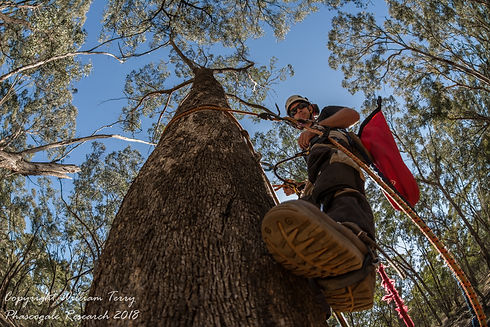My Research
The Phascogale Project will consist of several projects which will aim to answer questions around the management of the Brush-tailed Phascogale in modified and disturbed landscapes.
Supervision for the project is provided by Ross Goldingay and Rodney van der Ree
Chainsaw hollows for Phascogale
The loss of hollow bearing trees is a significant threat to wildlife in Australia. This project will investigate the of chainsaw hollows versus nest boxes to create effective, long-term solutions to the loss of natural hollows.
This project is currently underway in central Victoria at sites in Bendigo, Mandurang, Kyneton, Lauriston and Castlemaine.


Bridge designs for Phascogale
Phascogale rely on connectivity in the landscape for dispersal opportunities which maximises breeding success and genetic diversity. Bridges over roads have had mixed results for Phascogale and there is a need to develop a bridge design specifically targeted to the species. A series of experiments are currently underway testing bridge materials for Phascogale.
Phascogale Tracking Project
Little is known about how Phascogale use fragmented and peri-urban landscapes. This project will aim to use new technology to track the movement of Phascogale to assist with determining the key barriers that may impede movement in the landscape.


Climate change modelling on phascogales
To understand how movement in the landscape is important and the types of refuges that will be used by Phascogales, we need to have a grasp on how climate change will impact the species. In partnership with researchers at ANU, I am modelling the threats posed by climate change on phascogales.